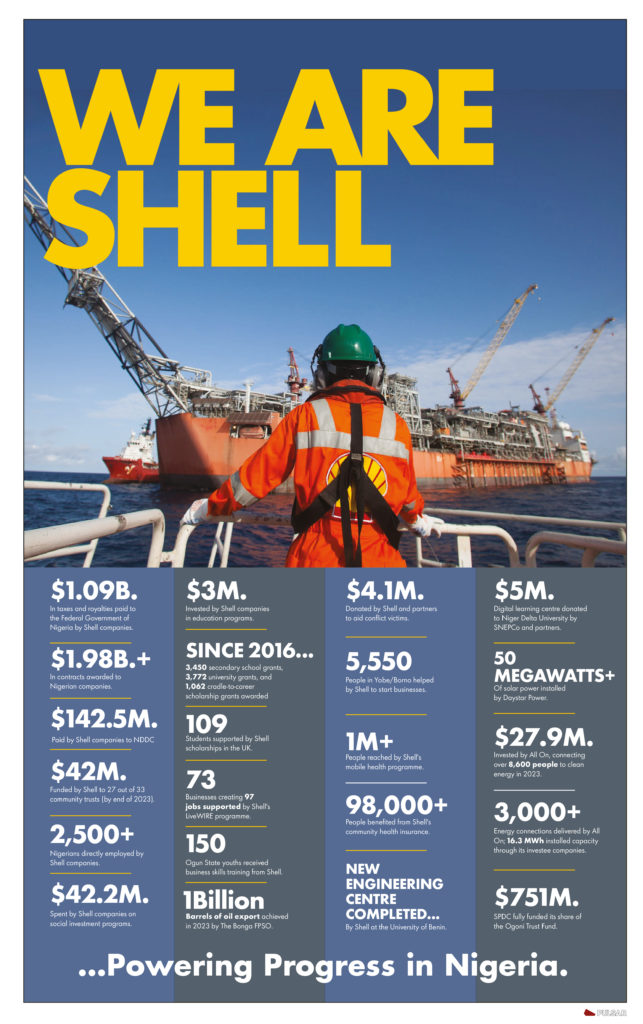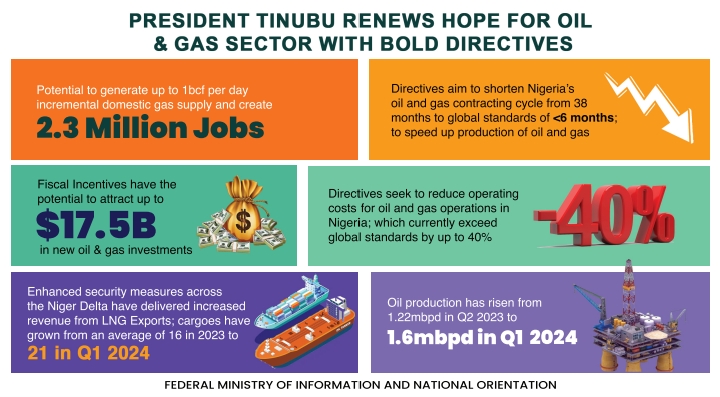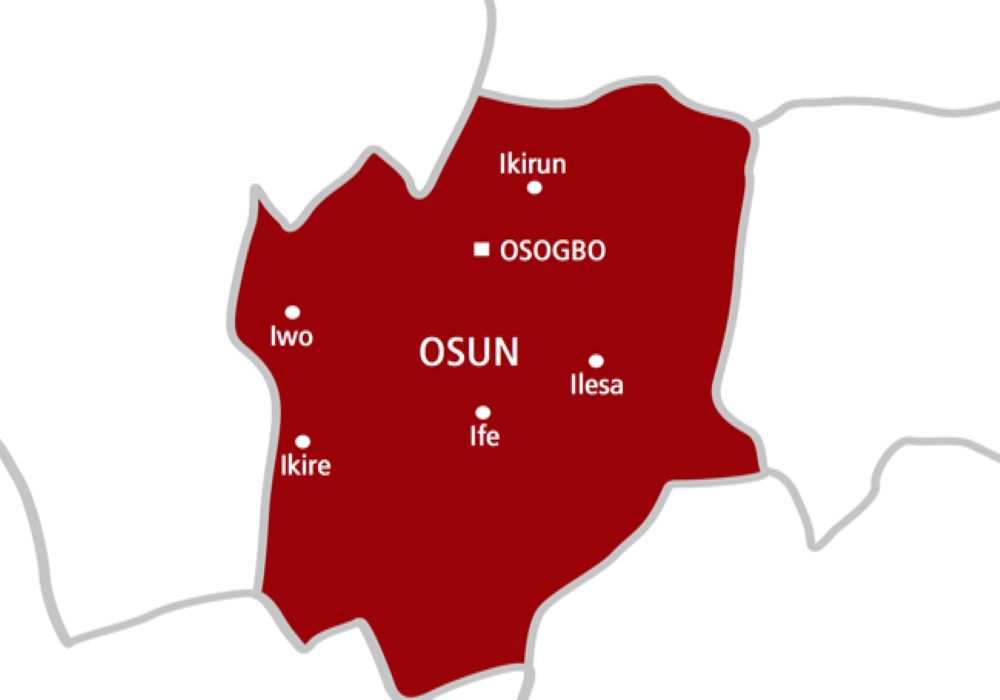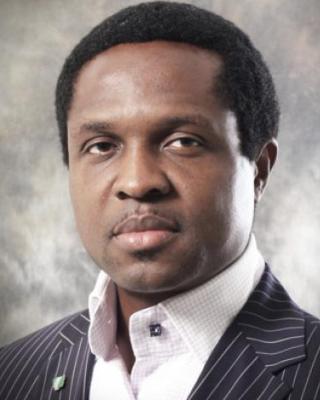Maritime
Australia Exports to China Still Firing
SYDNEY – Australia’s exports of commodities are charging ahead, despite weaker growth in China’s economy.
A slowdown in Chinese growth – to 7.7% in 2013 from double-digits in recent years – has hurt Australia’s economy. The country expanded its mining capacity as Chinese growth rocketed. As China’s expansion slowed, global commodity prices fell and Australia’s economy also began to grow at a slower pace as mining investment crumpled.
The outlook for commodity prices remains weak, in part because of huge new supply coming online in the years ahead from Australia and other producers.
But that doesn’t mean Australian exports to China have fallen. China’s economy is much larger than a few years ago and needs huge new amounts of commodities for its infrastructure projects and to build houses.
On Thursday, Australia posted a A$468 million trade surplus for December, in contrast to the small deficit forecast by economists. That built on a surplus in November of A$83 million dollars, the first trade surplus in two years.
The value of exports rose 4% on-month in December, thanks to solid gains in sales of coal and iron ore, largely to China. Imports rose 2% on-month.With a decade-long boom in mining investment fading, there’s less need to import expensive capital equipment. Imports grew just 6.4% in 2013, versus 15.1% annual growth in exports.
Prices for many commodities remain weak as China’s growth cools and new supply becomes available. But China’s demand for commodities is still increasing, albeit at a slower pace. The country’s iron ore imports hit a record in November, up a fifth from the start of 2013.
And Australian producers also have benefited from a weaker Australian dollar, which has fallen 15% from its peak last year, boosting export values in local currency terms.
Exports to China, Australia’s largest trading partner, totaled a record A$95 billion in 2013, up sharply from A$73 billion in 2012. China took almost 40% of Australia’s goods exports in December, and supplied 18% of its imports. By comparison, the United States took 5% of Australian goods exports and supplied 10% of the country’s imports.
As more Australian mining projects near completion and begin production, the export volumes are likely to rise, analysts say.
“It will be truly staggering just how much income will be generated from our largest trading partner when all the major resource projects are operating at full capacity,” said Craig James, chief economist at Commsec brokerage.
Still, the export surge will only go part of the way to offsetting the mining investment drop in the medium term, economists say. Australia’s economy grew 2.3% on year in the third quarter much lower than quarterly rates as high as 4% in 2012.Resources investment peaked at around 8% of gross domestic product in 2013 and is expected to fall by around 3 percentage points over the next two and a half years, according to forecasts by the Reserve Bank of Australia. The decline will accelerate in 2015 when large gas projects across the country’s north are completed.
Australia’s economy is expected to grow a sub-par 2.75% this year, with unemployment likely to rise as workers who were employed building mining projects in the Outback stream back to the cities. It takes far more workers to build a mine – or an export terminal, say – than to operate it.
Still, the outlook for Australia’s trade accounts is robust.
Michael Blythe, chief economist at the Commonwealth Bank of Australia, predicts that strong mining exports will help Australia make the jump from being a current-account deficit nation to a surplus nation within five years.
That would mark a historic shift, considering that Australia has run current-account deficits in 128 of the past 150 or so years. Australia has had to borrow from the world to meet the gap between its savings rates and its investment needs.
That’s changing and implies a stronger Australian dollar and lower borrowing costs in the future.
“A sharp rise in resource export volumes and a marked reduction in resource-related capital goods imports as the mining construction boom winds down will drive the move into trade surplus,” Mr. Blythe said.
– WALLSTREET JOURNAL
Maritime
Maritime Governance: Minister Deposits Three Accession Instruments At IMO
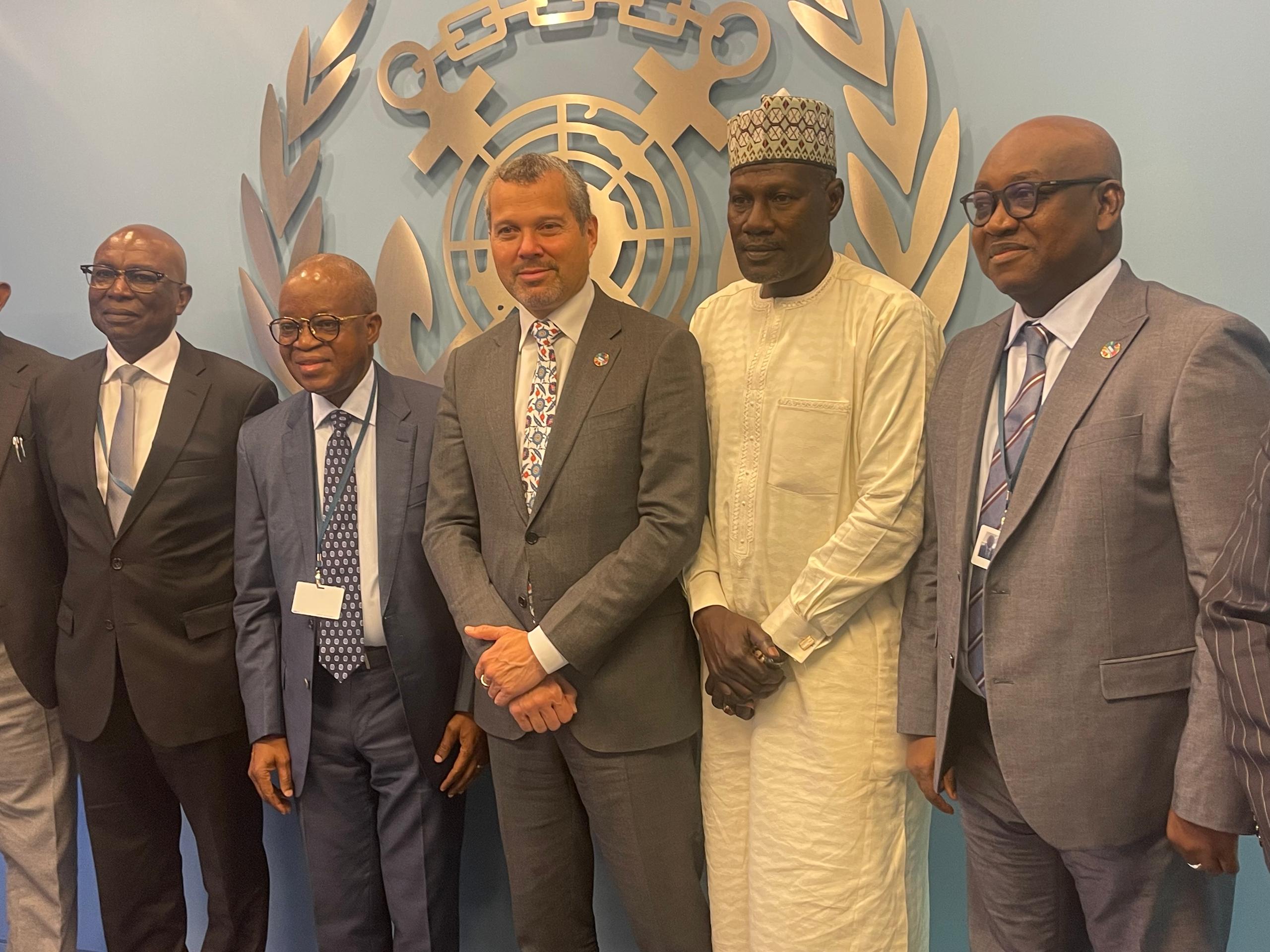
The Honourable Minister of Marine and Blue Economy, Adegboyega Oyetola has deposited three Instruments of Accession to IMO Conventions signed by President Bola Ahmed Tinubu with the global body.
He did so on Tuesday, at the headquarters of the International Maritime Organization (IMO), which acts as the repository for these conventions.
This move, coming a few weeks after Nigeria declared its intention to contest election for a seat on the IMO Council, is expected to enhance Nigeria’s maritime governance and align its practices with international standards, promoting maritime safety, security, and environmental protection.
Shortly after the presentation ceremonies, Oyetola informed the IMO Secretary General, Arsenio Dominguez, of the President’s commitment to ensuring that Nigeria aligns with international maritime standards regarding maritime safety, security, and sustainable marine practices.
ALSO READ: NNPCL Launches Utapate Crude Oil Blend, Eyes Production Expansion In 2025
He also called on the IMO to extend technical support to Nigeria.
In his words, “These instruments, duly acceded by His Excellency, the President of the Federal Republic of Nigeria, signify Nigeria’s continued commitment to aligning with international maritime standards, ensuring maritime safety and security, and promoting sustainable marine practices.
“We hereby request tailored technical cooperation under the Integrated Technical Cooperation Programme (ITCP) to enhance Nigeria’s compliance with IMO conventions and improve our maritime governance and implementation of the instruments we submitted today.”
On his part, Dominguez, acknowledged with appreciation the formal deposition of the Instruments of Accession, stating that it underscores Nigeria’s steadfast commitment to aligning with global maritime standards.
“I congratulate Nigeria for its exceptional efforts in acceding to these six critical IMO instruments. I encourage continued momentum by securing presidential assent to additional key conventions. We at the IMO remains fully committed to supporting Nigeria through technical cooperation and capacity-building initiatives to ensure the successful implementation of these instruments,” he stated.
The instruments Oyetola handed over to Dominguez include the instrument of accession to the 2005 Protocol to the Convention for the Suppression of Unlawful Acts against the Safety of Fixed Platforms Located on the Continental Shelf (SUA Protocol 2005), the instrument of accession to the International Convention on Standards of Training, Certification, and Watchkeeping for Fishing Vessel Personnel (STCW-F), and the instrument of accession to the Protocol Relating to Intervention on the High Seas in Cases of Pollution by Substances Other Than Oil (Intervention Protocol 1973).
It was gathered that three other Instruments of Accession signed by President Tinubu are undergoing further steps to complete the processes for their deposit.
Maritime
Capacity Dev’t: NIMASA Assures On Cabotage Vessel Financing Fund
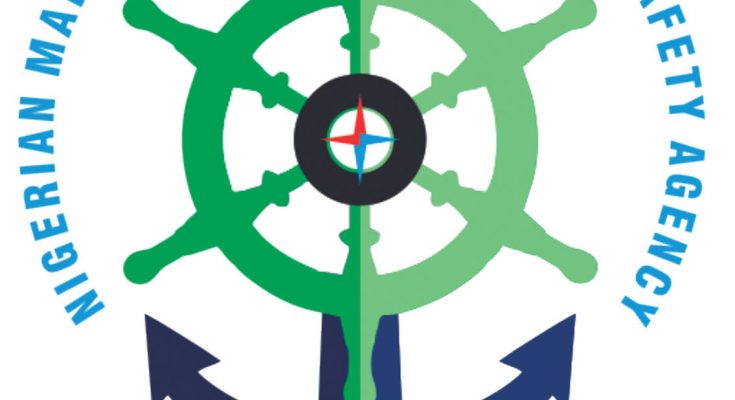
Funds accrued under the Cabotage Vessel Financing Fund (CVFF) are intact and currently held with the Central Bank of Nigeria (CBN) under the Single Treasury Account (TSA).
This assertion was made by the Nigerian Maritime Administration and Safety Agency (NIMASA), in a statement in Lagos on Tuesday.
The clarification became necessary to address “a misleading publication alleging that funds have disappeared from the CVFF account”.
ALSO READ: Okpebholo Hits Ground Running, Flags Off Edo’s 1st Flyover Bridge
The statement reads, in part, “The report of a missing money is both misleading and false.
“For the record, the Cabotage Vessel Financing Fund, securely held in the NIMASA account at the Central Bank of Nigeria (CBN), remains intact. There has been no disappearance of funds, and no illegal transactions, as the article suggests. This misinformation is a figment of the authors imagination, aimed at undermining NIMASA’s integrity, and mislead the public about the Agency’s operations.
“The Management of NIMASA will ensure that the CVFF is utilised in line with its statutory purpose. NIMASA Director General, Dr Mobereola has assured stakeholders of the safety of funds under the CVFF.”
The statement cited the DG thus, “Let us be clear that the CVFF account at the Central Bank of Nigeria is safe, intact, and secure. We at NIMASA will continue to manage it with the utmost responsibility, and there are no irregularities or illegal activities surrounding the funds. I urge the public to disregard this false narrative and to continue trusting the Agency’s ability to uphold the integrity of Nigeria’s maritime sector”.
It was gathered that the CVFF is a fund established under section 42 of the Coastal and Inland Shipping (Cabotage) Act 2003 to promote the development of indigenous ship acquisition capacity and to provide credit facilities to local maritime operators.
The NIMASA, assured of its commitment “to transparency, accountability, and the advancement of Nigeria’s maritime sector.”
Maritime
Okpebholo Hits Ground Running, Flags Off Edo’s 1st Flyover Bridge
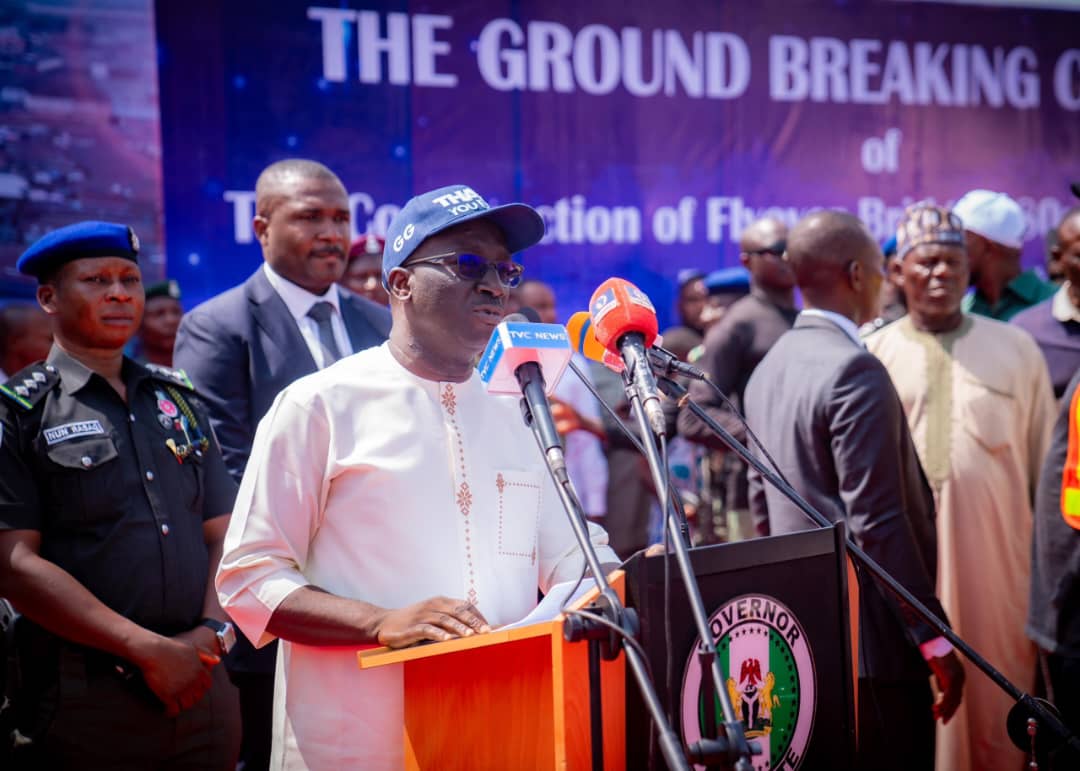
Edo State Governor, Senator Monday Okpebholo appears eager to deliver the dividends of democracy to his constituents.
This is discernible from the frenzy of activities being witnessed in his first few days on the job, including dissolution of boards, constitution of investigative panels, flagging off of infrastructure projects, among others.
In the bid to address the perennial road traffic congestion negatively impacting economic and social activities in Benin City, the state capital, Gov Okpebholo on Wednesday flagged off the construction of a flyover bridge.
Biztellers reports that the flyover bridge around the popular Ramat Park in the city centre is the first of such in the history of Edo State.
ALSO READ: Tinubu Seeks ₦1.767tn Loan to Tackle 2024 Budget Deficit
The Edo State Government made the disclosure in its verified handle on micro-blogging site, X, on Wednesday.
It wrote, “Traffic decongestion: Gov Okpebholo flags off first flyover in Edo.
“Edo State Governor, Sen. Monday Okpebholo has flagged off the construction of a flyover bridge at Ramat Park, Benin City, the State Capital, as part of immediate efforts to reduce traffic congestion in the city.”


